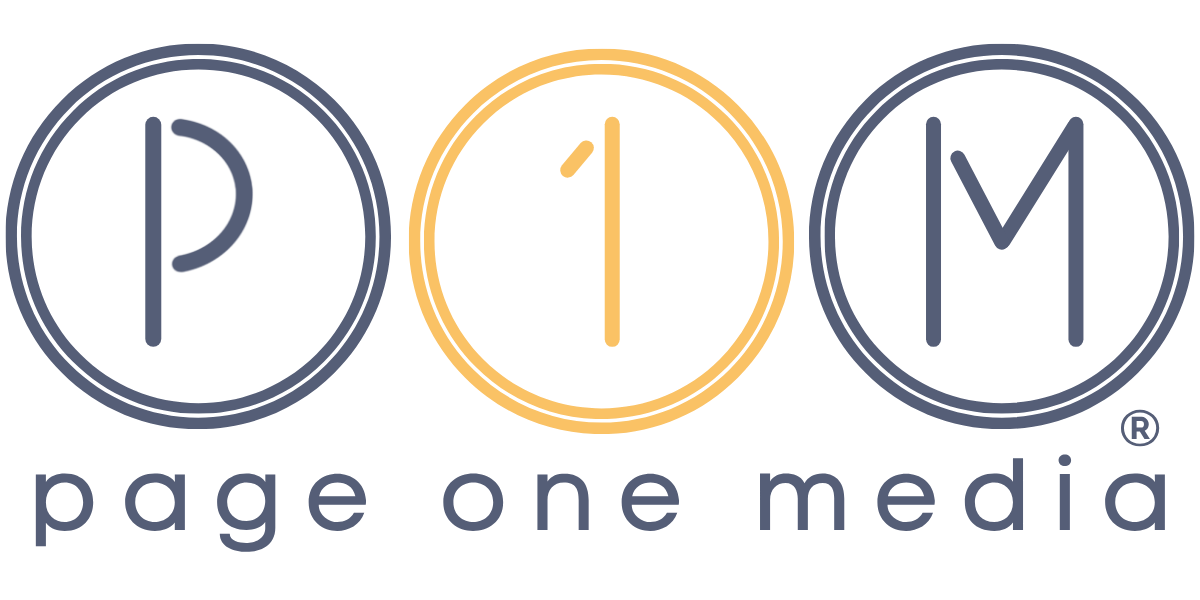
22 Jun How Do I Market My Book?
A question we often hear from authors is, “How do I market my book?” And within that question are many, many sub-questions:
- How do I use social media to market my book?
- Should I advertise?
- What is merchandizing and how do I use it?
- Should I start a TikTok?
- What is SEO and why does it matter?
- What can I do to market my book after the publicity window has more or less closed?
I’ve linked to a few previous blog posts that answer some of these questions and we can’t cover all of them here but let’s try to cover some book marketing ground.
The place we always want to start when marketing a book is with another question: What do you want to achieve?
There are so many ways to market a book. Frankly, there are endless blog posts and even books on how to market books! I won’t try to recreate the wheel here. But fundamentally, we can’t market a book if we don’t have concrete goals and a deep understanding of our readers. I would recommend that you delve into that first.
There are many reasons to publish a book, so many that we could probably use this whole space listing them all here. But more important than why you are writing a book, is: what do you want to achieve? Fully understanding your goals and why you have them, is the first step on the road to achieving them. For many authors, a book is a means to an end. Whether that end is the next book, a simple creative pursuit, tenure, positioning you as an expert in your field, or some other goal, is worth exploring before you start writing a proposal or reaching out to agents and publishers. If you’re past that point, it’s still a worthy endeavor to think about what you’re hoping to achieve as you go about marketing and publicizing your book and your work.
I like to ask authors some questions as they think about this part of the publishing process. Even if you have a full understanding of what you want as an author, I think you could still benefit from pondering these questions. If you sign up for for our newsletter, we’ll send you the questions as a PDF download. Trust me that I’m not going to make you do work that doesn’t have a point and spending a little extra time now will save you tons of time later.
Being an author isn’t just writing books, it’s also marketing and selling books. The better an author understands their goals, skills, networks, and audiences, the more likely they are to find their readership. Whether you are a novelist, a businessperson, a professional or consultant, an academic, or none of the above, your publisher is going to ask, “Why are you the person to write this book?” and “who are the readers for this book?” If your future publisher (or publicist or marketer) can’t quickly and succinctly identify who your readers are, how are they going to sell your book? If you can’t identify your readers, you’re asking your publishing team a lot to identify them for you.
This leads us to the million-dollar question: How Do I Market My Book?
Book marketing or promotion really entails three core areas: advertising, outreach to core audiences, and publicity. We’re not going to dive into publicity in this blog post. PR for books and authors is one of the fundamentals of what we do for our clients, and I think it’s challenging for an author to do it on their own unless they have their own deep, personal connections in the media. Let’s talk about outreach to core audiences first.
Reaching out to your readers is something authors are uniquely equipped to do. Your readers want to hear from you, want to engage with you, and will be excited that you’re out there and available to connect. The easiest way to reach readers in the broadest way is by increasing your reach on social media. This isn’t a small endeavor, but it also doesn’t need to and shouldn’t take over your life. I talk more about getting started on social media in this blog post. Using and following hashtags can connect you with communities with similar interests to yours. The literary community on Instagram and TikTok is growing by the minute, and you can follow and find people using key hashtags there like #bookstagram #booktok #booksbooksbooks #booklovers and #lovetoread. There are endless more, but you don’t need to follow everything. Just a few to get you going. For writers working in the nonfiction/expert space, LinkedIn and Twitter are your best bets for gaining traction and attention. I highly recommend, following Louise Brogan for everything LinkedIn! Her YouTube channel is a treasure trove of valuable information about LinkedIn marketing.
But social media is far from the only way to reach readers. Speaking engagements are something you can do locally or more broadly if you can afford to travel. If you’re not a well-known writer, start small. Your local bookshop (be sure you’re a customer and friend of the store before you start asking them for things) and local library (same goes here) are great places to start. It is really asking a lot of staff, to waltz into a store or library having never been in before and ask for an event. They know who their loyal customers are and they want to support them when they can. Nonfiction authors, with well-researched books, and literary fiction authors also have the option of talking at universities. Again, relationships matter here and you’re more likely to be invited if you’re an active part of the community you’re reaching out to. For genre writers, there are conferences of all types from Thrillerfest to the RWA Conference to Comic-Con and many more that you can participate in. Other writers are also readers and a viable audience for your book.
Blogging and newsletters are great ways to reach people, boost your SEO, and build relationships. Writers write, and if that’s small missives about your work, life, and travels, or something deeper that dives into your research, experience, expertise, and career, building up a platform this way is incredibly valuable. If people are interested in reading your short-form writing, you have a very strong foothold for when it comes time to publish your book. The key to blogging and newsletters is consistency. (I am terrible at this, so don’t pay attention to me!) But truly, Google and the other search engines strongly prefer consistency. So, if you’re going to blog or send a newsletter once a month, send it on the same day of the month (the fifteenth for example). Or if weekly, on the same day of the week.
None of these initiatives come rapidly, so leaving plenty of time in advance of publication is a very smart thing to do.
Lastly, we’ll talk a bit about advertising and merchandising. Advertising can be a very powerful tool to reach readers. There is one sticking point for authors, however: if you have a traditional publisher and you want to take the reins on advertising, you will be spending money that you are unlikely to fully recoup. Until your advance is paid out, you receive nothing more from your publisher. Once your advance is paid out, then you receive a percentage of every sale. For every dollar you spend in advertising, that results in a sale, you only receive a small fraction back, maybe one-eighth. For those of you who are publishing yourselves, every dollar you spend comes back to you as the self-publisher.
That all said, Amazon provides some very powerful advertising tools for authors. There are about 30 million active Kindle users in the U.S. and an estimated 150 million worldwide. Amazon knows what those readers like to read, and their tools are very helpful in getting your book in front of the right readers.
Other types of ads are trickier in the book business. Let’s say, just by way of example, that you want to advertise your book on the New York Times website (a very expensive place to advertise, by the way). Where are you then going to direct those customers to go? Your own website? Your publisher’s? Directly to Amazon or another online retailer like Bookshop.org or Barnes & Noble. If you’re not directing customers to a place to immediately purchase your book, you can expect to have them drop off along the funnel. Most people won’t click more than once, so you need to make your customer journey as quick and easy as possible.
What’s an advertiser to do? Again, I’ll redirect you back to those goals. What are you hoping your ad is going to do for you and how does it support your goals? If you’re self-publishing and you have no bones directing people right to Amazon, you can go that route. If you’re being published traditionally, you risk some disgruntled sales reps and indie bookshop staff if they see ads directing people to buy your book from Amazon and vice versa. It’s not unheard of to have your buy button pulled from Amazon and it’s not something I would recommend that an author risk. If an ad isn’t to generate book sales, you’re left with other reasons to advertise that aren’t directly related to selling your book. Do you want to be speaking? Are you building a business of which your book is only one component of a larger marketing plan? Are you trying to build followers on a social media platform? All are reasonable goals where ads and promoted posts and pay-per-click can be very helpful.
Altogether, book marketing can take you a long way in reaching readers and opportunities. I hope the worksheet gives you some direction as you put together your marketing plan.
Sarah Russo is the founder of Page One Media. You can connect with her on Twitter @sarahrusso, Instagram, and LinkedIn. You can follow the work of Page One Media on LinkedIn, @pageonem on Twitter and @pageonem on Instagram.

